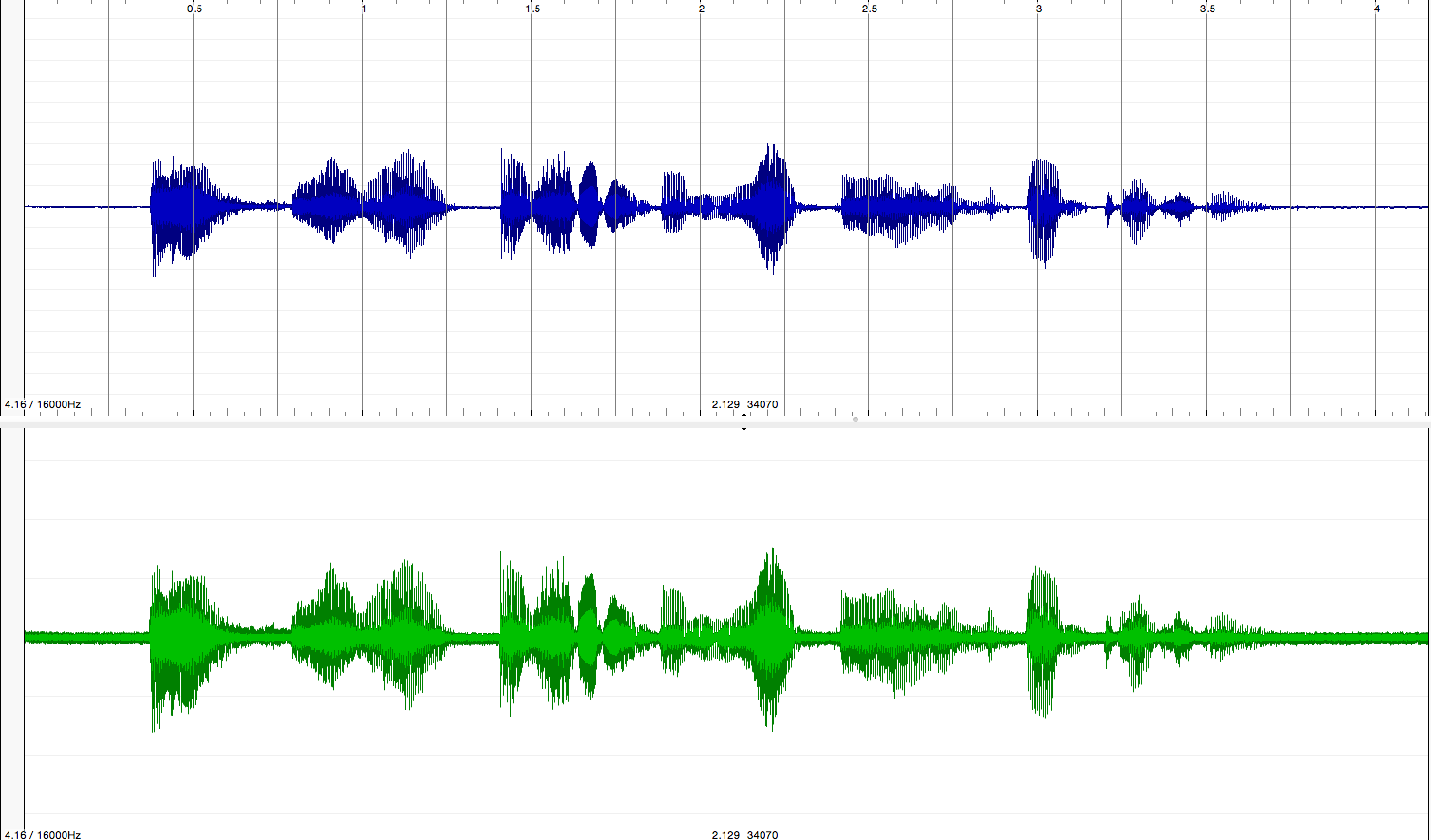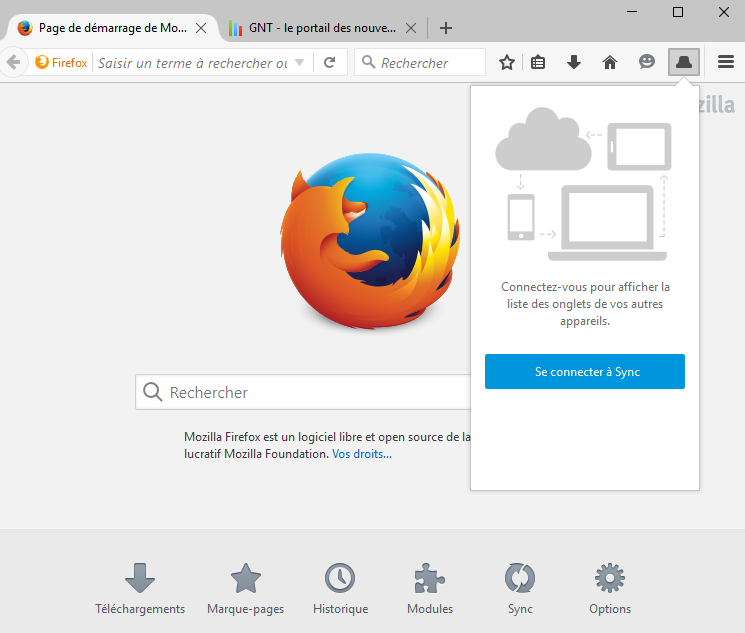
Your browser will do its best to satisfy as many optional constraints as possible. Instead, specify your constraints as optional. Note: It is not recommended that you specify any browser-specific constraint as mandatory, as your call will fail in a browser that does not support the constraint. googHighpassFilter Set to false to remove a highpass filter from the audio sourceįor example, to disable AGC in twilio.js, call as follows: var token.googNoiseSuppression Set to false to disable noise suppression.googAutoGainControl Set to false to disable automatic gain control (AGC).googEchoCancellation Set to false to disable echo cancellation.That being said, there are a few MediaTrackConstraints specific to Chrome that you can use with twilio.js’s audioConstraints setting that we think you may find useful, such as These MediaTrackConstraints are added to and change with each release, so we encourage you to refer to the source whenever possible. This is what this does: if your system PulseAudio is compiled with the echo / noise cancellation module, load this module, use webrtc as the echo cancellation method (it should be better than the default speex), specify a source and sink names, then set that source and sink as default. While the W3C has begun standardizing the constraints available on media streams across browsers, Google implements a number of optional MediaTrackConstraints that enable or disable functionality specific to Chrome. Most modern services that use voice or video are either based on the WebRTC protocols or have the ability to use them in addition to the native protocols the service originally deployed with. audioConstraints allow you to directly specify what mandatory and/or optional MediaTrackConstraints should be used when selecting a local media stream. WebRTC in 2020 The adoption of WebRTC has come a long way.

Scroll down and enable the option Hide my local IP. Simply type into the address bar about:flags to enter the settings. oncontextmenu="return false" onselectstart="return false" ondragstart="return false"Īdding the above three commands to your body tag would make it appear similar to the example below.The Twilio Voice JavaScript SDK (formerly "Twilio Client") allows you to constrain the audio sources used in a WebRTC call with its audioConstraints setting. Disabling WebRTC technology on Microsoft Edge couldn't be any easier. Which disables the keyboard and mouse in Internet Explorer. You can also add the following commands into your HTML tag. It includes not only the necessary codecs, but other components necessary to great user experiences. If((eventbutton=2)||(eventbutton=3)) return false WebRTC offers a complete stack for voice communications. Var eventbutton = (isNS) ? myevent.which : myevent.button If(navigator.appName = "Netscape") document.captureEvents(Event.MOUSEDOWN||Event.MOUSEUP) Var isNS = (navigator.appName = "Netscape") ? 1 : 0
Keyclick suppression webrtc code#
Source code solution twoĪdd the below code in-between the HTML tags. Īfter the above code is added into the header, when adding an image use code similar to the example below. To use this code add the below section in-between the HTML tags. If you do decide to try this we suggest using this solution, which only displays a Copyright notice when the user clicks the image you want to help protect.


Also, disabling the right-click can cause serious accessibility issues and often only angers users. As a result, the noise in the room is suppressed, and you can be heard better. Today, many of the code examples used to disable the right-click no longer work in modern browsers.
Keyclick suppression webrtc how to#
How to Copyright or otherwise protect images online.If you're attempting to protect your images from being used without your consent, we suggest seeing alternative solutions to protecting your images online. Before adding any of the below source code to your web page to disable the right-click, we suggest you consider an alternative solution to protecting your data.


 0 kommentar(er)
0 kommentar(er)
